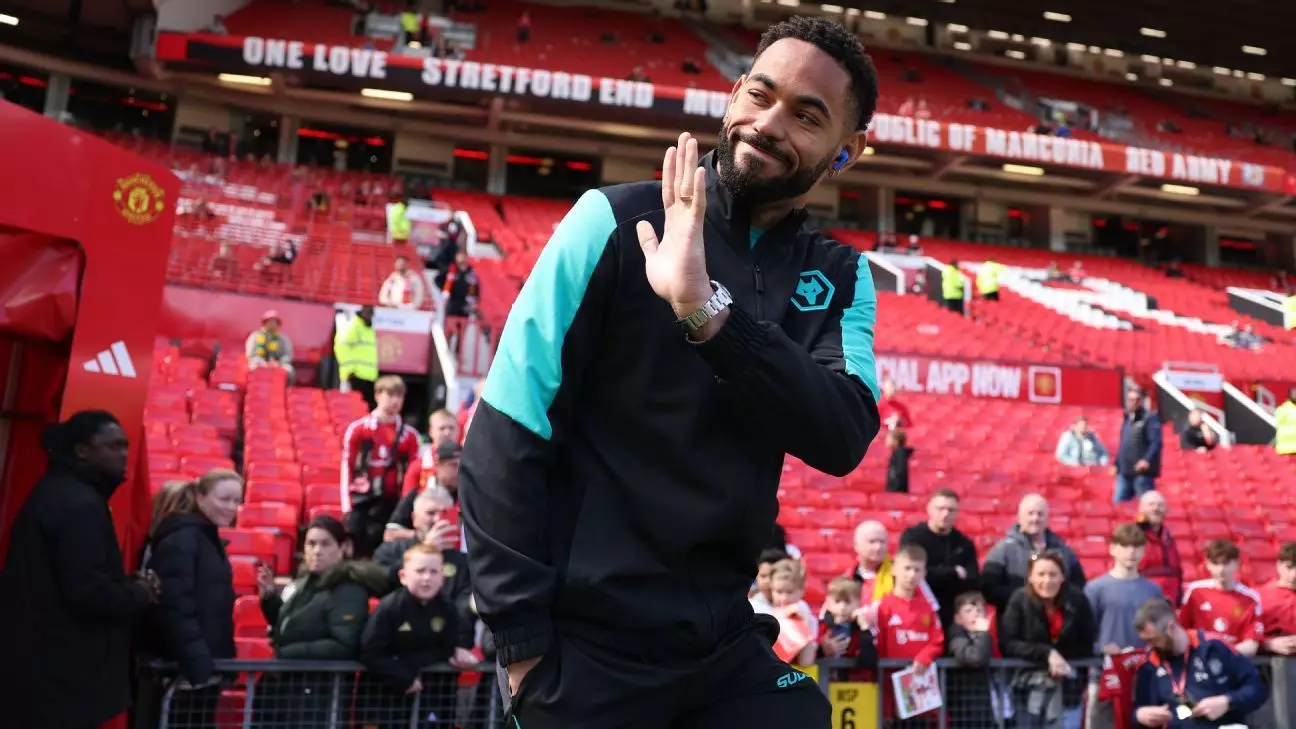The winter transfer window historically serves as a pivotal juncture for clubs to recalibrate their strategies, and this year marked a significant uptick in financial outlays. Premier League clubs collectively spent an eye-popping £370 million in January, a sharp increase from the mere £100 million spent in the previous year. This shift raises questions regarding market aggression and sustainability. Manchester City emerged as the heavyweight in this arena, investment-wise, shelling out £180 million—nearly half of the overall figure.
This dramatic spending raises several considerations: Is this a sign of financial recklessness or a calculated strategy to assert dominance both locally and on the European stage? The disparity between this year’s figures and the record £815 million spent in January 2023 suggests a volatile transfer market that can swing exorbitantly from one period to another. As clubs eagerly plot their summer strategies, it beckons the broader question of whether we can expect an even more inflated demonstration of football finance in the coming months.
A Split Transfer Window: Navigating New Rules
The introduction of a bifurcated transfer window due to the Club World Cup complicates future moves. From June 1-10, clubs can buy and sell, but after a brief intermission of six days, the window will reopen on June 16. This division presents new challenges and opportunities, particularly for clubs involved in international competitions. Major deals that do not directly involve clubs in the Club World Cup are further postponed until July 1, adding an additional layer of complexity for managers and sports directors in coordinating their plans.
In an age where timing can be as crucial as the negotiations themselves, how clubs respond to these shifts will reveal their adaptability and foresight. Those who are most likely to thrive will be those who can efficiently maneuver this convoluted landscape, balancing immediate needs against long-term visions.
Player Evaluations: More Than Just Numbers
Analyzing individual transfers underscores the complexity of evaluating player value and potential contribution. For instance, Wolverhampton’s acquisition of Cunha reflects a calculated gamble, transitioning from skepticism about his productivity to expectations of him spearheading their attack. At £44 million, the investment is substantial, but his 19- and 21-goal contributions over two seasons affirm his capability to lead.
Conversely, Real Madrid’s swift acquisition of Huijsen for £50 million exhibits their ambition and preparedness to invest in emerging talent. After just one season in the Premier League, Huijsen’s impressive capabilities warrant a key role in one of the world’s elite clubs. The competitive nature of his signing emphasizes the growing trend of young talent crossover from English football to big clubs across Europe. However, with potential comes pressure; these young players must perform at unprecedented standards practically overnight.
Assessing Strategic Moves Across the League
Chelsea’s decision to integrate lesser-known talents, such as Essugo and Quenda, underlines a bare-knuckle approach to their recruitment strategy. By taking calculated risks on younger players with high ceilings, they aim to build a sustainable squad rather than rely solely on marquee names. This strategic direction is essential for long-term stability, yet it also raises the question of whether they can afford to wait while these players develop.
Meanwhile, Liverpool’s shrewd maneuvering in the transfer market positions them as formidable contenders. Securing Mamardashvili—often dubbed the heir to Gianluigi Donnarumma—for a seemingly reasonable fee showcases their strong recruitment ethos, particularly as they seek to replenish their goalkeeping options. The juxtaposition of spending wisely on a young standout as opposed to a declining veteran depicts a modernized approach to team assembly in elite football.
The Mixing Economy: From Young Hopefuls to Experienced Hands
Amidst the fervor surrounding young prospects, it’s vital to recognize the value of experience. Eric Dier’s move from Tottenham to Monaco represents not just a player transfer but also a shift in strategic focus for the French club. Dier’s presence as a seasoned artifact from the Premier League could prove vital in guiding the youth-laden Monaco squad through the trials of competitive football.
Moreover, Bayern Munich’s efforts to strengthen their defensive core with Tah, despite securing him on a free transfer, raises questions about whether their approach will garner the significant returns they aim for. By banking on a player whose recent trajectory suggests substantial improvement, Bayern is attempting to blend the wisdom of seasoned experience with the vigor of youth.
The current transfer milieu within the Premier League presents a fascinating interplay of financial acumen, tactical foresight, and cultural shifts. The decisions made during this window will likely resonate far beyond immediate performances, impacting future competitive landscapes and club identities. As football continues to evolve, only those equipped with a sharp strategic vision and financial prudence will thrive in this relentless pursuit of excellence.

